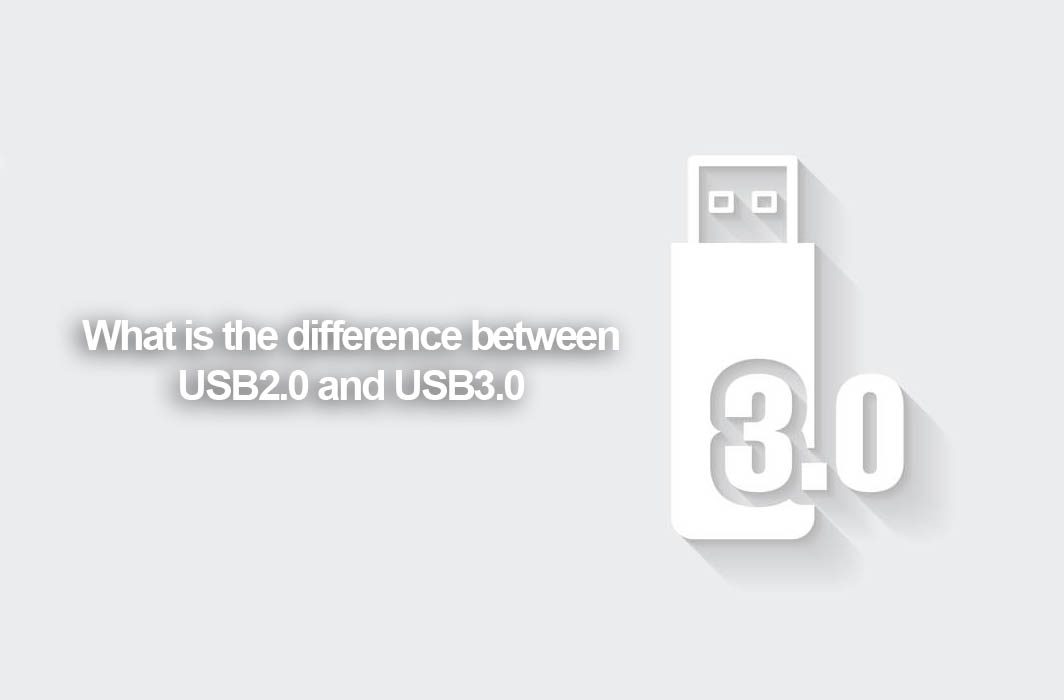Table of Contents
ToggleUSB differences that appear in the information engineer exam
USB (Universal Serial Bus) is one of the standards for connecting computers and their peripherals.
The USB standard was released in 1996, USB 2.0 in 2000, USB 3.0 in 2008, and USB 4.0 in 2019.
Regarding these USB differences, the following questions are asked in the Applied Information Engineer Examination.
Which of the following is an appropriate feature of USB 3.0?
a) USB2.0 is half-duplex communication, but USB3.0 is full-duplex communication.
b) Compatible with Wireless USB.
c) The maximum supply current is 500mA, the same as USB2.0.
d) Since the number of pins has increased to 9, a USB 2.0 cable cannot be inserted.
This time, I summarized the differences between USB 2.0 and USB 3.0 so that I can answer such questions correctly.
Difference between USB 2.0 and USB 3.0
Summary of differences between USB 2.0 and USB 3.0
The differences between USB 2.0 and USB 3.0 regarding the contents of the Applied Information Engineer Examination are summarized below.
| USB2.0 | USB3.0 | |
|---|---|---|
| communication | half-duplex communication | Full-duplex communication |
| Compatible with Wireless USB | Correspondence | incompatible |
| Maximum power supply | 500 ma | 900 ma |
| compatibility | can be | can be |
Improvements of USB3.0
USB 3.0 was released in November 2008. The difference in appearance from USB 2.0 is that the USB 3.0 connector part (the part that plugs into a computer, etc.) is blue. The data transfer speed is said to be
the major improvement of USB 3.0 over USB2.0. The maximum data transfer speed of USB3.0 is 5Gbit/s, which is about 10 times faster than USB2.0. Another feature of USB is that it can transmit power, but in USB3.0, the power supply has been raised from 500mA of USB2.0 to 900mA.
Compatible with USB3.0 and USB2.0
USB3.0 can be connected to a USB2.0 port, but performance such as communication speed will be matched to that of USB2.0 .
Similarly, USB2.0 can be connected to a port for USB3.0, but in this case also the performance will match the performance of USB2.0.
Advantages of USB 2.0 over USB 3.0
price
As mentioned above, USB 3.0 is superior to USB 2.0 in many respects, but USB 2.0 is superior in some respects.
One of them is the price. In general, USB2.0 can be obtained cheaper than USB3.0 if the performance is the same.
Physically, USB 3.0 uses twice as many wires as USB 2.0, and USB 3.0 uses 8 wires compared to 4 in USB2.0.
From these points, it can be seen that USB 3.0 is more expensive than USB 2.0 because of its higher material cost.
Compatible with Wireless USB
One of the things that USB 2.0 can do that USB 3.0 cannot do is to support wireless USB.
Wireless USB aims to send large amounts of data such as digital cameras and video cameras. It extends USB, which is a wired communication that connects short distances, and secures the safety and speed of wired communication while ensuring the safety and speed of wireless communication. It is a technical standard with ease of use.
This Wireless USB supports USB2.0 but does not support USB3.0.
Rather than saying that this is a problem with USB 3.0, it may be because Wireless USB has not become a mainstream standard since Windows Vista.

